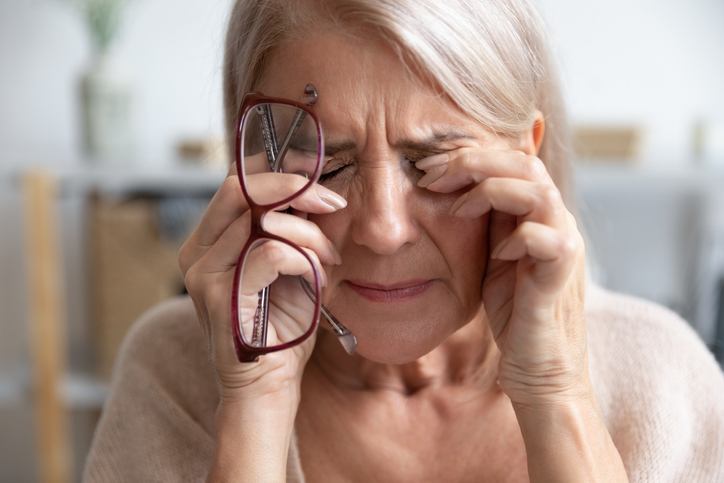Pain
What Is Postural Orthostatic Tachycardia Syndrome (POTS)?

Postural orthostatic tachycardia syndrome (POTS) is a type of dysautonomia (an umbrella term for health conditions that affect the functioning of the autonomic nervous system). POTS is characterized by reduced blood circulation when standing upright from a reclined position. The blood pools in the lower extremities of the body, which results in reduced blood flow to the heart and brain. Reduced blood flow causes the heart rate to rapidly increase. With POTS syndrome, the heart rate increases at least 30 beats per minute in adults and at least 40 beats per minute in adolescents during the first 10 minutes of standing.
Types
Postural orthostatic tachycardia syndrome is categorized into four types: neuropathic POTS, hyperadrenergic POTS, hypovolemic POTS, and secondary POTS.
- Neuropathic POTS occurs as a result of damage to the peripheral nerve supply, leading to poor constriction of blood vessels, especially in the legs and core.
- Hyperadrenergic POTS occurs as a result of elevated levels of norepinephrine, a stress hormone.
- Hypovolemic POTS occurs as a result of reduced blood volume and has similar symptoms to both neuropathic and hyperadrenergic POTS.
- Secondary POTS occurs in conjunction with one or more health conditions that can cause autonomic neuropathy, such as Lyme disease, diabetes, Sjögren’s syndrome or lupus.
Symptoms
The most common symptoms of postural orthostatic tachycardia syndrome are lightheadedness or fainting when changing from a reclined or seated position to a standing position. Other symptoms include, but are not limited to, the following:
- Increased heart rate
- Blurry vision
- Nausea or vomiting
- Diarrhea or constipation
- Excessive sweating
- Brain fog [insert link to “What Is Brain Fog?]
- Nervousness
- Insomnia
- Chest pain
- Headache
- Neck pain
- Color changes in the hands or feet
- Extreme fatigue
Symptoms may increase before menstruation, when taking a shower, when experiencing stress, or after consuming a meal.
Risk factors
Postural orthostatic tachycardia syndrome is most common in females between the ages of 15 and 50 years old. It can also develop post pregnancy. Other medical conditions associated with an increased risk of POTS include the following:
- Recent trauma or surgery
- Viral infections, such as Lyme disease, mononucleosis, or hepatitis C
- Autoimmune disorders, such as lupus, multiple sclerosis, or Sjögren's syndrome
- Anemia
- Chronic fatigue syndrome
- Diabetes or prediabetes
- Ehlers-Danlos syndrome
- Click-murmur syndrome (mitral valve prolapse)















